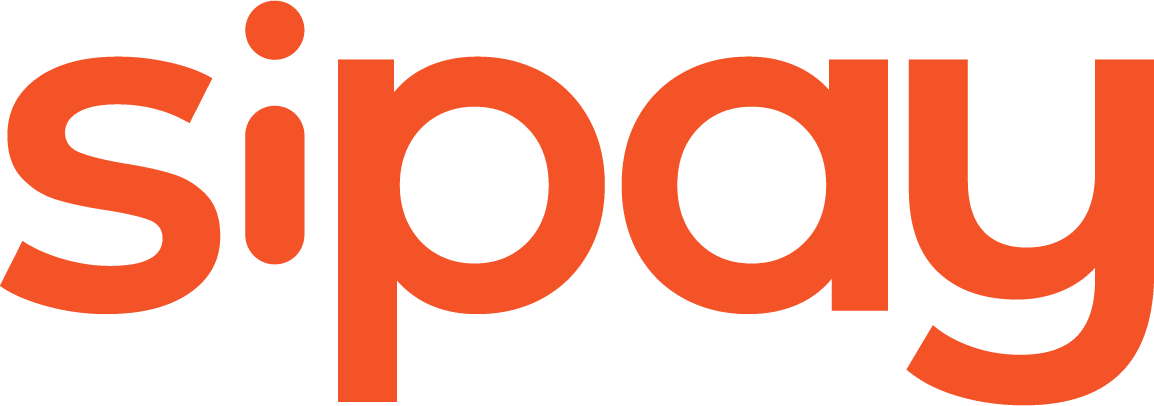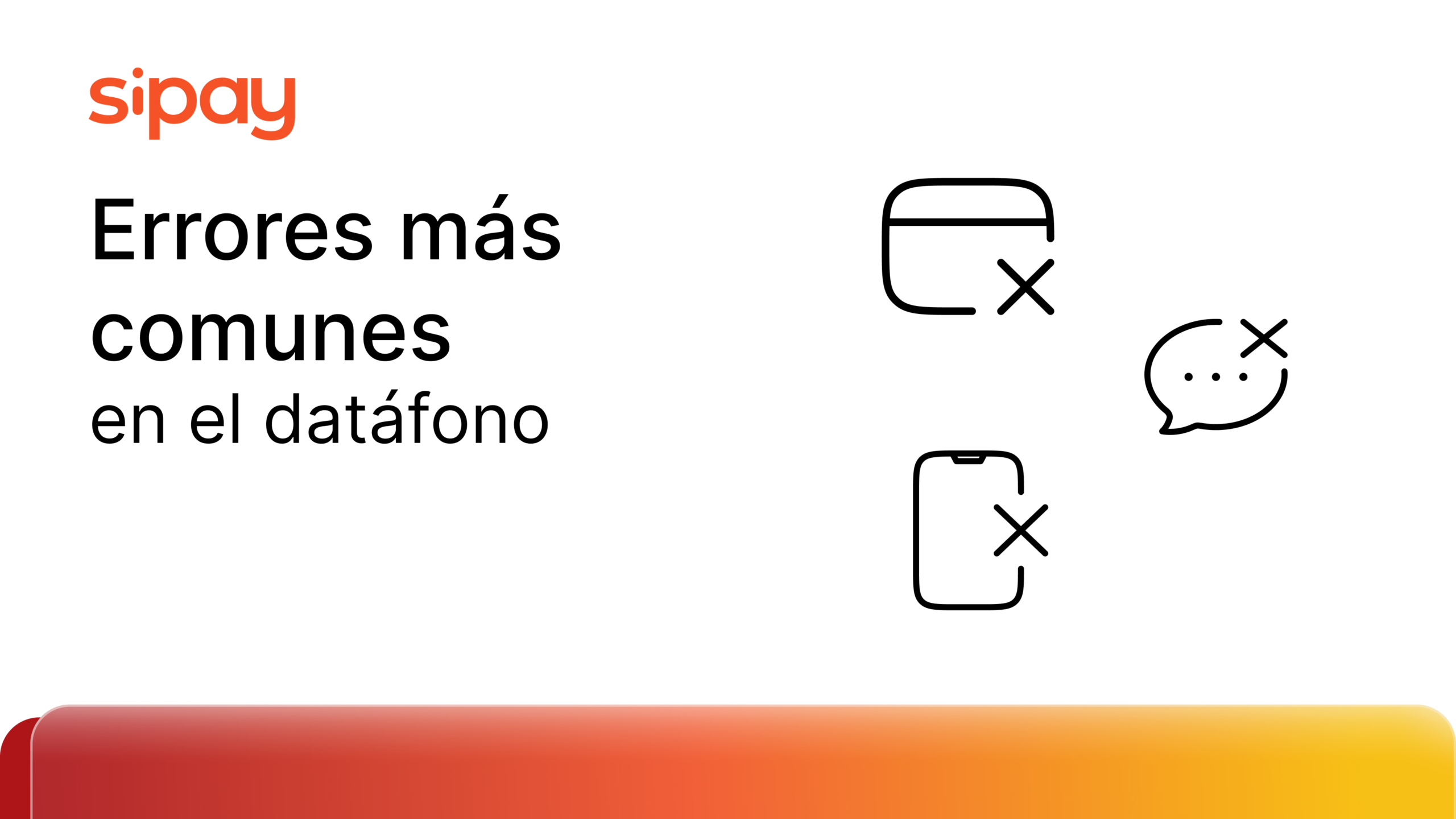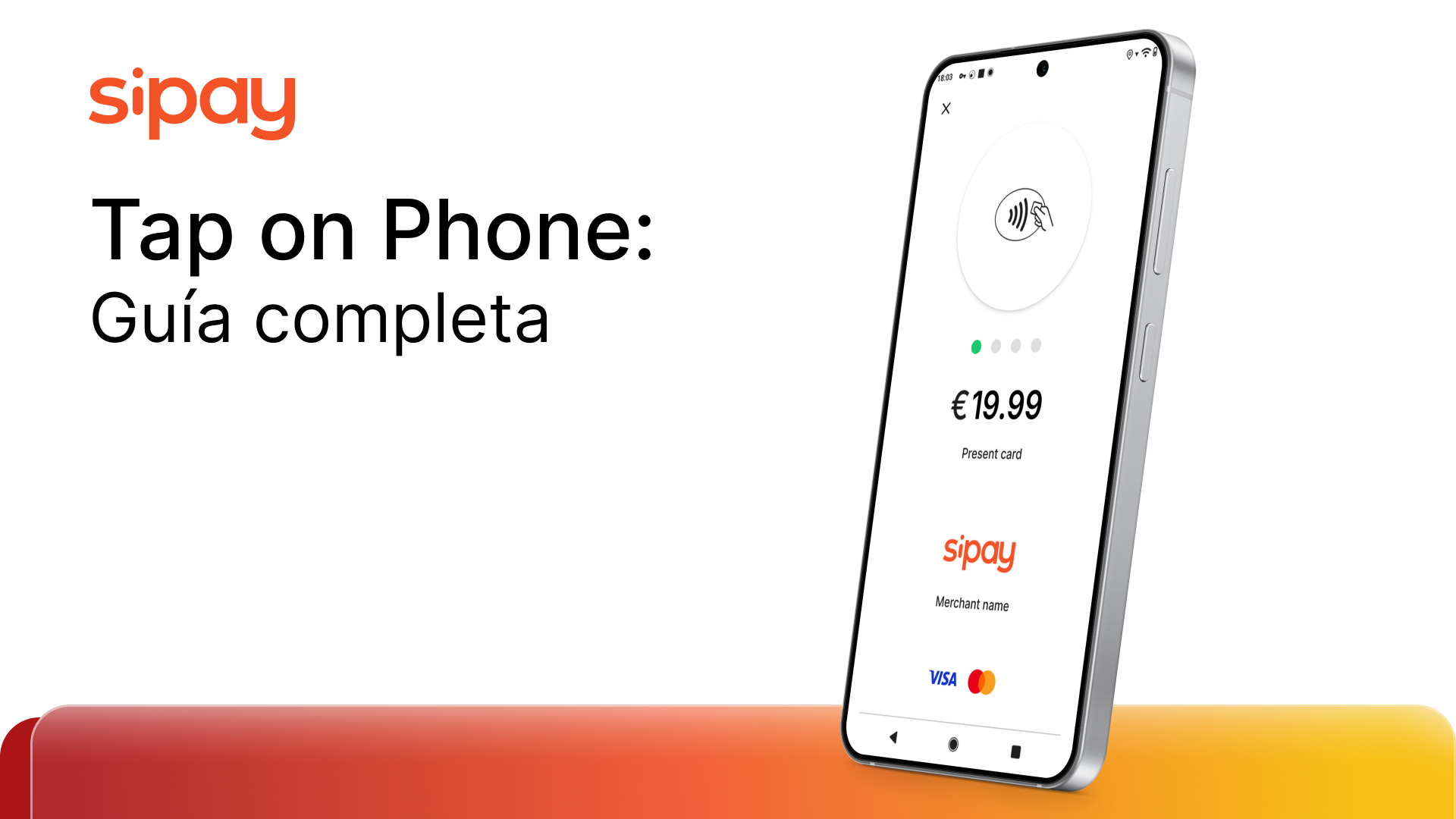If you want to offer the best experience in your business, answering this question will be one of the fundamental points to achieve it.
Many questions arise when starting up a business: physical or online, products or services, where and to whom we want to sell, which will be our suppliers… And when almost everything is ready and defined, a new question arises: How will customers pay? What payment methods do I need to have available? The answer, without a doubt, is «it depends». But don’t worry, because we are going to detail what exactly depends, so that each business can find its ideal payment mix.
First of all, it will depend on the channel or channels through which we want to sell. It will not be the same to offer our products in a face-to-face shop as in an online shop or through, for example, a Call Centre. The latter will require specific solutions such as MO/TO or Pay by Link. But Pay by Link can also be used to sell some items from your online store remotely, without the need for a website. For example, you could have a furniture store in Seville, and perhaps a customer who falls in love with one of your items from Madrid through your publication in social media, some digital catalogue, or any other way of communication. In this case, you could send a payment link to the corresponding person’s email and, once the payment has been made, send them the product. There are infinite use cases for each solution and business and within each of them, numerous payment methods
Following the example of face-to-face commerce, your usual customers might want to pay simply with their card, but they will also want to pay with other smart devices such as the smartphone or the watch. Although it seems that the options for face-to-face payment end here, the truth is that there are other methods such as QR codes, e-wallets, solutions that allow you to defer payments on the spot, integration of loyalty programs, etc. And when it comes to the online environment, the options become even more numerous: from credit or debit card payments or e-wallets to immediate transfers, deferred payment solutions or the many alternative payment methods available globally and locally.
And this is where we come to the second factor in choosing our payment methods: the international scope of your sales. It is very important, especially in online commerce where borders are easily blurred, to be clear about which countries we are going to sell to, where our potential customers are located and which payment methods are best suited to each region. For example, in countries such as Germany bank transfers are the most widely used payment method on the internet, while card payments have very little use. In contrast, in Spain the use of bank transfers is much less significant, but card payments account for the largest percentage. In addition, there are very specific payment methods for each country, such as Alipay or WeChat Pay in China or Boleto Bancario in Brazil, while others are used globally, with more or less penetration, such as PayPal or Amazon Pay.
Finally, the payment methods used will not depend only on the channel and the country, but the socio-demographic profile of the consumer will play a major role. Thus, an older person living in a small town will not pay the same as a young person living in the centre of a large city like Madrid. While the first one will tend towards more traditional payment methods such as cards, or even cash, the second one is very likely to be used to pay with his or her mobile phone. And not only that, but their purchasing channels will probably vary as well, with the second one more likely to opt for online. This can help us to understand how all the factors are connected in a very dynamic environment, in which businesses must be aware to cover the consumer’s needs on time.
Aware of the complexity of precisely defining the most appropriate payment methods Sipay recommends having payment service providers with enough experience to advise each business on those solutions or combinations that can add the most value through increased conversion and an improved experience for the end consumer. Because, although the world of payments may seem difficult, a good payment management can achieve numerous benefits for any business.



